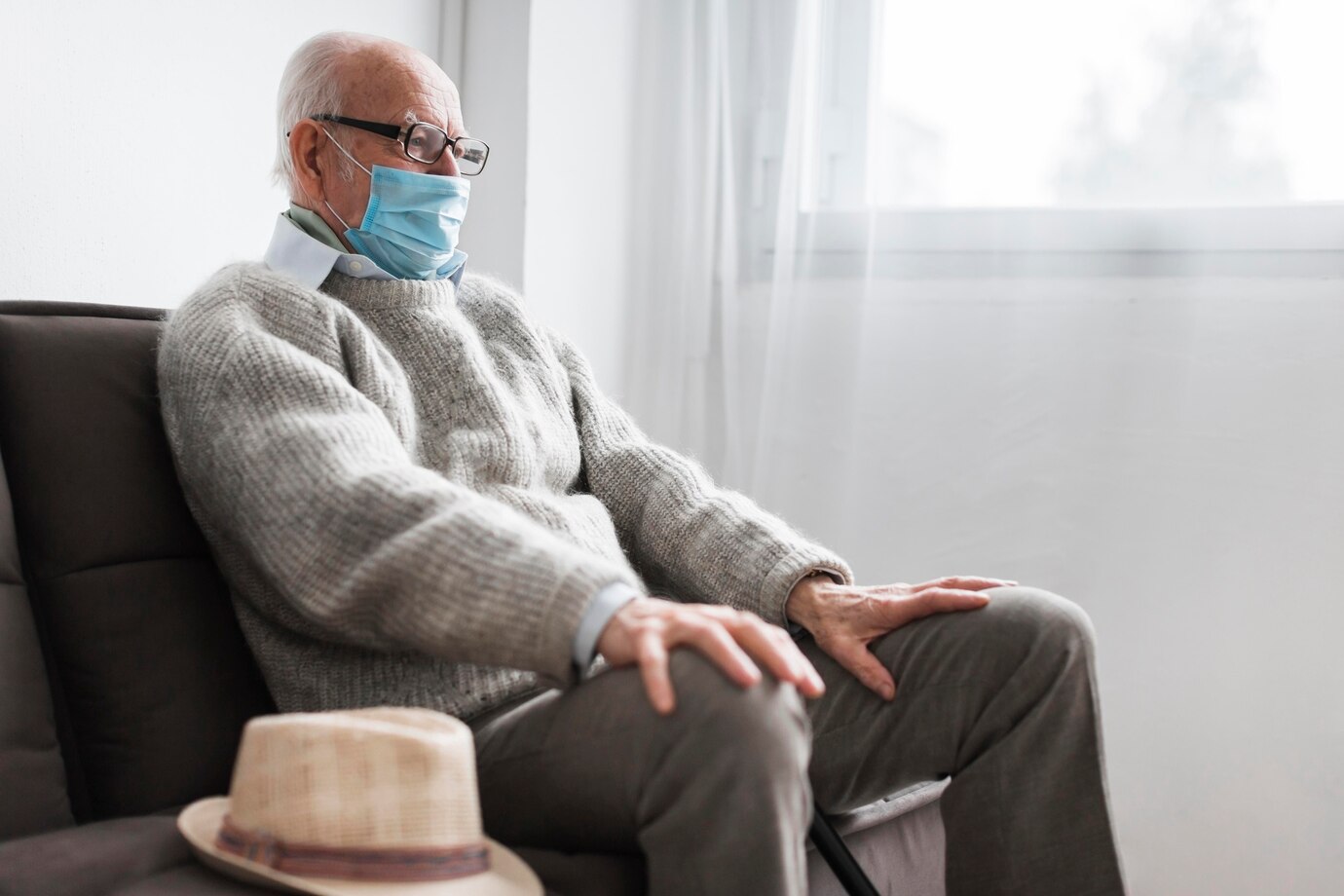Scarlet fever is an infectious disease caused by Streptococcus pyogenes bacteria, also known as Group A Streptococcus (GAS). It typically begins with a throat infection that can develop into scarlet fever. If left untreated, complications such as rheumatic fever or post-streptococcal glomerulonephritis (kidney inflammation) can occur.
Symptoms of Scarlet Fever:
Symptoms usually appear 2-5 days after exposure to the bacteria and include:
- High fever and chills
- Severe sore throat, red throat, and swollen tonsils, possibly with swollen lymph nodes in the neck
- A red, sandpaper-like rash that begins on the neck and chest, then spreads across the body
- A bright red tongue resembling a strawberry (Strawberry tongue)
- Skin peeling around the fingertips and toes during recovery
High-Risk Groups for Scarlet Fever:
- Children aged 5–15 years (most common in school-aged children)
- People who have had close contact with a scarlet fever patient
- Those living in crowded places, such as schools, dormitories, or military camps
- Individuals with weakened immune systems or chronic conditions (such as chronic kidney disease)

Transmission of Scarlet Fever:
Scarlet fever is highly contagious and spreads through respiratory droplets from coughing or sneezing. It can also spread through contact with bodily fluids, such as mucus or saliva, or by sharing personal items.
Treatment:
The primary treatment for scarlet fever is the use of penicillin or amoxicillin antibiotics for 10 days to reduce symptoms and prevent complications. If the patient is allergic to penicillin, antibiotics from the macrolide group (such as azithromycin) may be used instead.
Additional Care:
- Drink plenty of fluids and get sufficient rest.
- Use fever-reducing and pain-relieving medications, such as paracetamol.
- Gargle with salt water to alleviate a sore throat.
Prevention Guidelines:
- Avoid sharing personal items, such as cups, plates, or utensils, with others
- Wash hands frequently with soap and clean water, especially after touching bodily fluids or items that may be contaminated.
- Wear a face mask to prevent the spread of droplets from an infected person.
- Maintain a healthy lifestyle by eating a well-balanced diet (all 5 food groups) and getting adequate rest.
- If symptoms of infection appear, see a doctor for proper diagnosis and treatment.

























